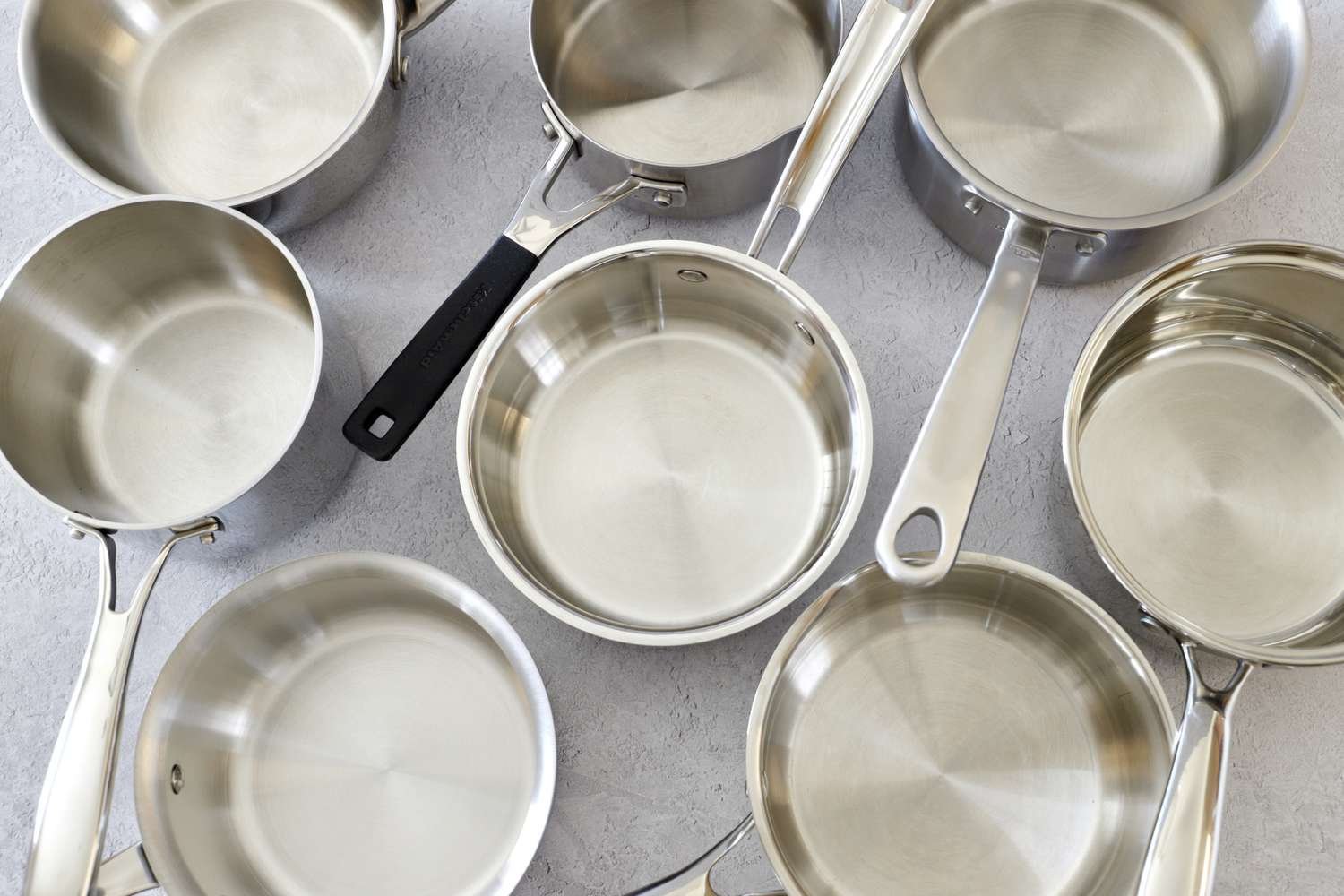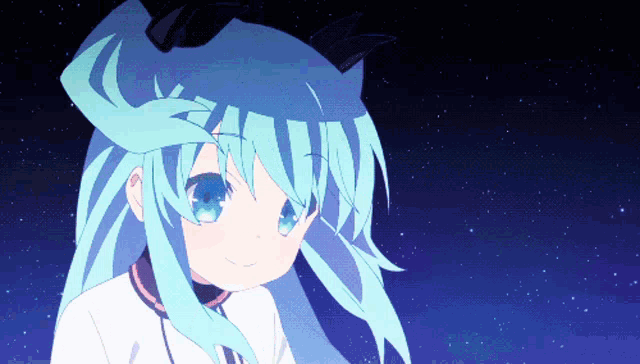In the vast expanse of traditional and cultural attire, Hijabhoojup stands out as a unique and significant garment, embodying both spiritual and cultural essence. This article delves deep into the history, cultural significance, and evolving styles of Hijabhoojup, aiming to provide a thorough understanding for those who wish to explore or embrace this remarkable attire.
The Historical Evolution of Hijabhoojup
Hijabhoojup, like many cultural garments, has a rich history that spans centuries. Originating from a blend of different cultural practices, the Hijabhoojup is more than just a piece of clothing; it is a symbol of identity, modesty, and tradition. Historically, the garment was worn by women in various regions to signify their adherence to cultural norms and religious practices.
Over time, the Hijabhoojup has undergone significant transformations. Initially, it was a simple garment, designed to cover the body modestly. However, as cultural interactions increased and fashion trends evolved, the Hijabhoojup adapted, incorporating elements from different cultures and societies. Today, it is not just a symbol of modesty but also a fashion statement that resonates with modern-day women who wish to express their cultural heritage while staying in tune with contemporary fashion trends.
Cultural Significance of Hijabhoojup
The cultural importance of the Hijabhoojup cannot be overstated. For many women, it is a symbol of their faith, representing their commitment to their religious beliefs. In various cultures, wearing the Hijabhoojup is seen as an act of piety and devotion, a physical manifestation of one’s spiritual journey.
Moreover, the Hijabhoojup serves as a powerful symbol of identity. In multicultural societies, where individuals from diverse backgrounds coexist, the Hijabhoojup allows women to proudly display their cultural heritage. It serves as a reminder of their roots, connecting them to their ancestors and the rich traditions that have been passed down through generations.
In some communities, the Hijabhoojup is also worn as a symbol of solidarity. It unites women from different walks of life, creating a sense of belonging and shared purpose. This communal aspect of the Hijabhoojup adds another layer to its significance, making it not just a personal choice but a collective statement.
Modern Interpretations and Styles
The modern era has seen a surge in the popularity of the Hijabhoojup, with designers from around the world incorporating it into their collections. This has led to a diversification of styles, fabrics, and designs, allowing women to choose a Hijabhoojup that best reflects their personal style and preferences.
Today, Hijabhoojups come in a variety of fabrics, from traditional cotton and silk to modern materials like chiffon and georgette. These fabrics not only enhance the comfort of the wearer but also add a touch of elegance to the garment. The color palette has also expanded, with designers offering Hijabhoojups in a range of shades, from classic black and white to vibrant hues that reflect contemporary fashion trends.
In terms of design, the Hijabhoojup has evolved to include intricate patterns, embroidery, and embellishments. These design elements add a level of sophistication to the garment, making it suitable for both everyday wear and special occasions. Some Hijabhoojups even feature modern twists, such as asymmetrical cuts or fusion styles that blend traditional and contemporary elements.
The Role of Hijabhoojup in Modern Society
In today’s globalized world, the Hijabhoojup plays a crucial role in fostering cultural understanding and acceptance. As more women embrace this garment, it becomes a symbol of diversity, showcasing the beauty of different cultures and traditions. By wearing the Hijabhoojup, women not only honor their heritage but also contribute to a broader dialogue about cultural diversity and inclusivity.
Furthermore, the Hijabhoojup has become a powerful tool for self-expression. In a world where fashion is often used to make statements, the Hijabhoojup allows women to convey their beliefs, values, and identity in a way that is both meaningful and stylish. This has led to a growing community of Hijabhoojup enthusiasts, who share their styles and inspirations through social media, blogs, and fashion events.
How to Choose the Right Hijabhoojup
Choosing the right Hijabhoojup can be a daunting task, given the wide range of options available today. However, by considering a few key factors, women can find a Hijabhoojup that not only meets their needs but also enhances their overall appearance.
First and foremost, it is important to consider the fabric. The choice of fabric can significantly impact the comfort and look of the Hijabhoojup. For everyday wear, lightweight and breathable fabrics like cotton and chiffon are ideal. For special occasions, luxurious fabrics like silk and satin can add a touch of elegance.
The design of the Hijabhoojup is another important consideration. Women should choose a design that reflects their personal style and complements their wardrobe. Whether it’s a simple, understated design or an elaborate, embellished one, the Hijabhoojup should make the wearer feel confident and beautiful.
Finally, the color of the Hijabhoojup should be chosen based on the wearer’s skin tone and personal preferences. While neutral colors like black, white, and beige are versatile and timeless, bold colors and patterns can make a statement and add a pop of personality to the outfit.
Caring for Your Hijabhoojup
Proper care is essential to maintain the beauty and longevity of the Hijabhoojup. Depending on the fabric, the Hijabhoojup may require special care, such as hand washing or dry cleaning. It is important to follow the care instructions provided by the manufacturer to avoid damaging the fabric or design.
For everyday care, the Hijabhoojup should be stored in a cool, dry place, away from direct sunlight. Folding the Hijabhoojup neatly and storing it in a drawer or wardrobe can help prevent wrinkles and creases. For more delicate fabrics, using a garment bag can provide additional protection.
Regular cleaning is also important to keep the Hijabhoojup looking fresh and new. However, it is important to avoid harsh detergents and chemicals, which can damage the fabric and fade the colors. Instead, opt for gentle, fabric-specific detergents that are designed to preserve the quality of the garment.
Conclusion
The Hijabhoojup is more than just a piece of clothing; it is a symbol of culture, identity, and faith. As it continues to evolve and adapt to modern fashion trends, the Hijabhoojup remains a powerful and meaningful garment that resonates with women around the world. Whether worn for religious reasons, cultural pride, or as a fashion statement, the Hijabhoojup is a testament to the rich and diverse heritage of the women who wear it.



